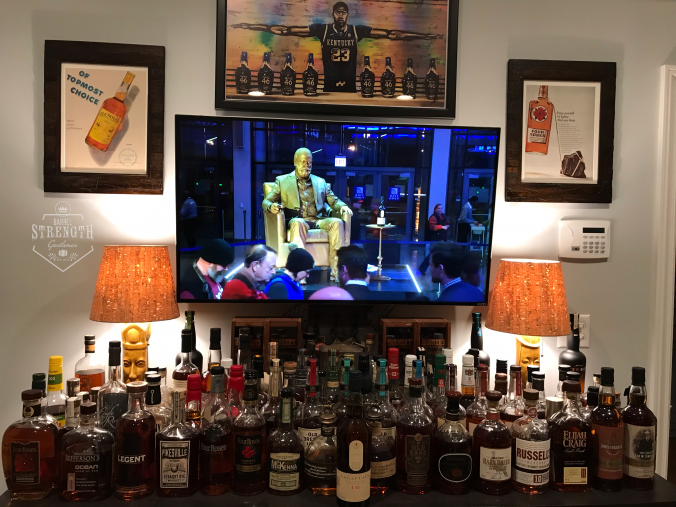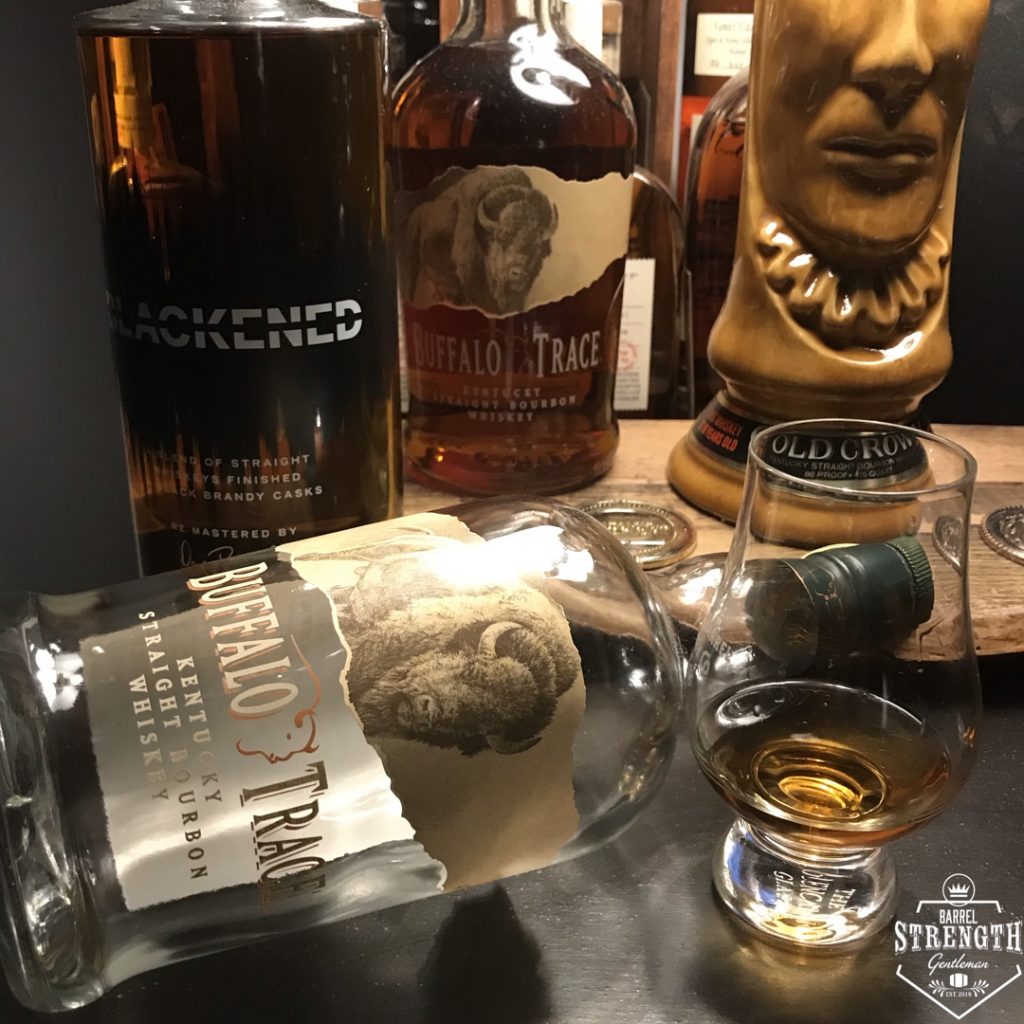When I decided to start keeping track of tasting notes for myself, and then eventually adapting that into leading tasting events for others, I couldn’t quite make up my mind exactly how I wanted to categorize my final thoughts about what I was tasting. I wanted to be able to quickly look back at anything I have tried and be able to tell exactly how I felt about it without having to read back through the details about everything I had written. More about how and what I decided to include in my own reviews, later.
I’m a big fan of watching, reading and listening to what others think about the spirits I’m trying as well. With the vast number of whiskey options we have to choose from today, and the many sources of media available for us to be able to absorb information about those options, finding multiple reviews isn’t too difficult of a task these days. With taste being so subjective, finding opinions from various reviewers before deciding to spend your own money on something unknown is a great way to potentially help you save some money or potentially steer you toward something you may not have picked out on your own. Once you find other people that have similar taste preferences, you are probably going to keep referring to their judgments over those from other reviewers with different preferences.
The scoring topic piqued my interest again as I was hosting a virtual tasting event a few weeks ago during this COVID-19 stay-at-home order and again while watching Fred Minnick’s “Taste Along With A Bourbon Expert” segment during the Whiskey From Home simulcast event on May 2, 2020 that was organized by the Bourbon Pursuit Podcast team. Fred mentioned something about his recent thoughts regarding the 100 point scoring system that is widely focused on in the industry. He mentioned that he has been considering lately whether or not he should just stop using it when he reviews spirits because so many people get hung up on that number rather than focusing on the content of the tasting notes. Fred stated that he now feels scoring is more of crutch for the category.
Now, how did I make my decision on how to judge what I’m tasting? What were my options? There are countless podcasts, blogs and video review channels that have great content. What methods were other reviewers using to convey their final judgments?
I really enjoy watching several Youtube channels to see what others are saying about what I’m currently drinking, thinking about buying or simply wishing I had the opportunity to taste. There are so many methods that are used to convey the final judgment by different reviewers I like to follow (point scores, letter grades, thumbs up/down, recommend or not, etc.) In no particular order, from whiskey nerds to the everyday casual enthusiast, here are few of the Youtube channels that I enjoy. With some being more serious and others more light hearted, they all use different methods to convey their final thoughts.
- Whiskey Vault
- It’s Bourbon Night
- Jeremy Siers’ Leaf & Barrel Episodes
- Bourbon Junkies
- Scotch Test Dummies
As I was still trying to figure out exactly how I wanted to categorize or classify my final judgments on what I had already been writing tasting notes about, I ended up being asked to co-host the Rickhouse Reviews Podcast on the ABV Network. It was decided that the 100 point scale was going to be used for the final judgment when we were reviewing whiskeys for this podcast. Once that happened, I went ahead and started scoring my other reviews that were not part of the podcast using the 100 point scale as well for consistency in my tasting notes. Again, my interpretation of the 100 point scale is also unique to me.
Because of the lack of a universally accepted definition across the industry on what it takes to earn a certain score, I always felt that this wasn’t enough for me to keep track of when making a final judgment that could be shared with friends, readers, listeners and clients regardless of their whiskey tasting experience level. So, I started including a very simple one word judgment after the score line (see below) on my tasting notes sheet that I share with others when we have a tasting event. I found that most people I interact with care nothing about the number score, but are really more interested in the actual tasting notes and the final judgment.
My Final Judgment Classifications and Definitions:
- Buy (would purchase a bottle to keep at home)
- Try (would drink at a bar, but not keep a bottle a home)
- Pass (*would not bother drinking again… not a good fit for my palate) *Unless it’s free, of course!

I still use a score in my reviews that are posted here on the BSG website, but I have been considering incorporating the final judgment here as well. Or, maybe I should take Fred’s advice and only report that final judgment along with my tasting notes instead of having a number score at all. What do you think? Do whiskey review scores really matter anymore to today’s whiskey consumer? If you are reading this, you are probably one of them! Chime in with your thoughts in the comments section below. Who knows, maybe you will help pique my interest with something new to consider. Cheers!
Don’t forget to subscribe to our weekly newsletter at the bottom of the page to get notified about all new BSG posts for the week!
Help support the site by checking out the items available for purchase in the BSG Shop!







